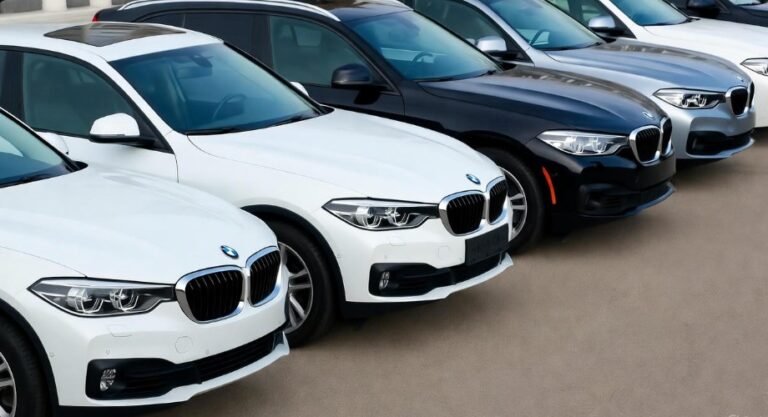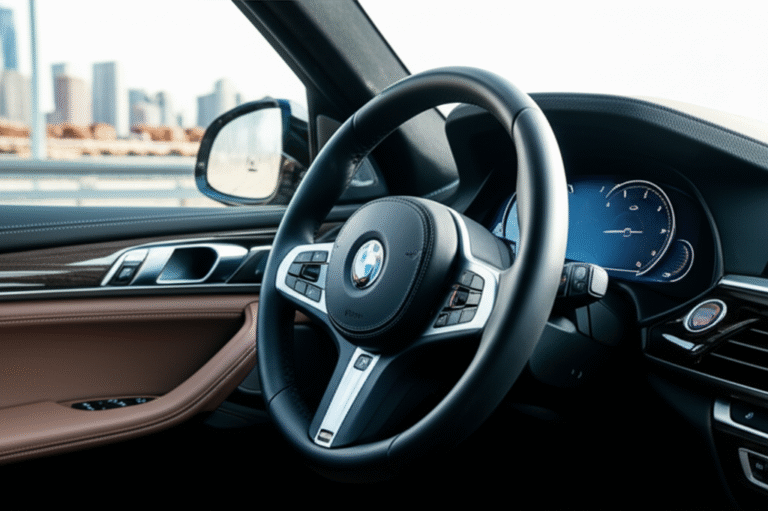Purvanchal Expressway BMW Accident: 6 Shocking Facts
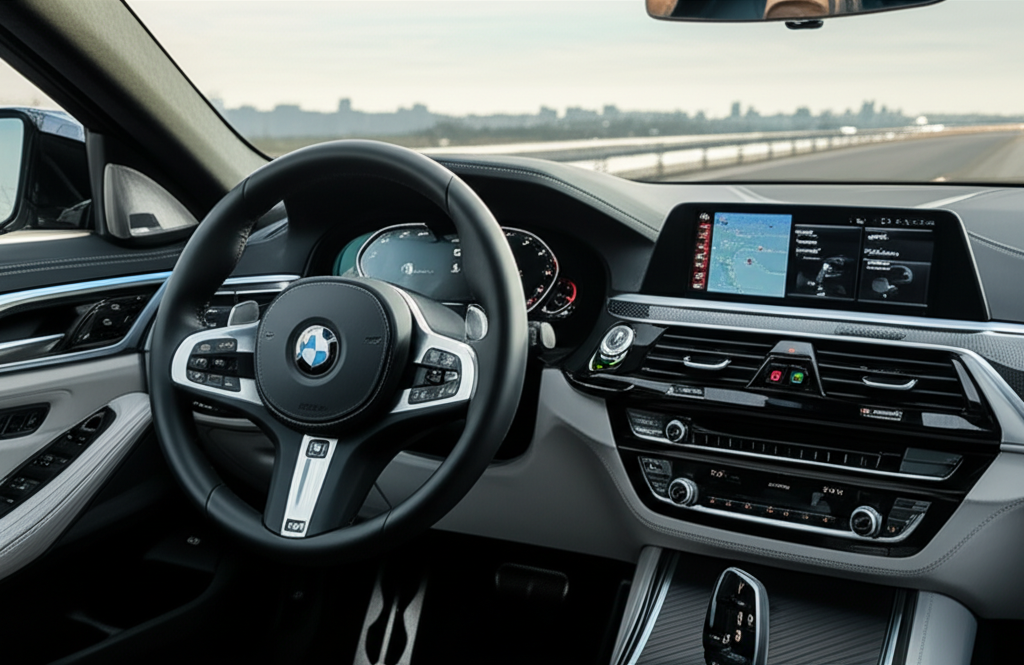
Purvanchal Expressway BMW Accident: 6 Shocking Facts Revealed
Key Takeaways
Uncover 6 surprising truths about the Purvanchal Expressway BMW accident.
Understand the impact of speed and road conditions.
Learn about vehicle safety features and their limitations.
Explore the critical role of driver behavior.
Gain insights into expressway safety regulations.
Discover lessons learned for safer driving.
The Purvanchal Expressway is a marvel of modern engineering, designed to connect distant parts of Uttar Pradesh, India, with speed and efficiency. However, the allure of open stretches can sometimes lead to tragic events, like the high-profile Purvanchal Expressway BMW accident. When a luxury vehicle like a BMW is involved in a serious incident, it draws significant attention. Understanding the facts behind such accidents is crucial for all drivers on expressways. This article will break down six astonishing facts about the Purvanchal Expressway BMW accidentto illuminate the realities of high-speed driving and road safety.
Understanding the Purvanchal Expressway BMW Accident
The Purvanchal Expressway, stretching over 340 kilometers, is one of India’s longest access-controlled expressways. Its design aims to facilitate swift travel, often encouraging drivers to reach higher speeds. Accidents on such roads, especially involving powerful vehicles like BMWs, are a stark reminder of the inherent risks associated with rapid transit. The Purvanchal Expressway BMW accident brought to light several critical issues concerning vehicle dynamics, road infrastructure, and driver responsibility. Examining the specifics of this incident helps us glean valuable safety insights.
Fact 1: Excessive Speed as a Primary Culprit
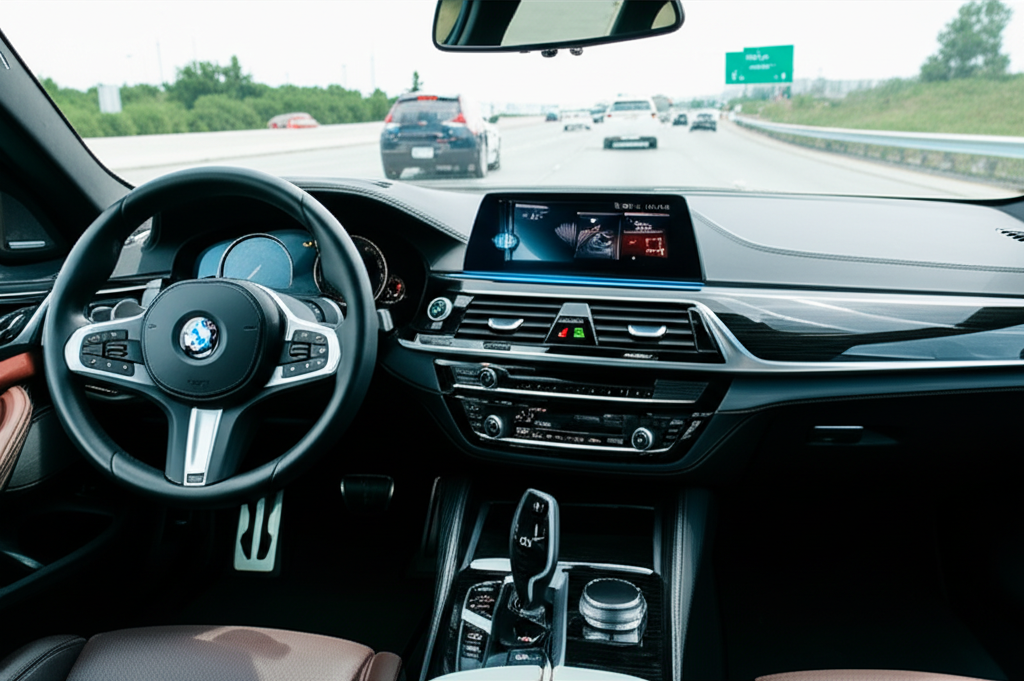
One of the most consistently reported factors in high-speed accidents, including the Purvanchal Expressway BMW accident, is excessive speed. Modern vehicles, particularly luxury sedans and sports cars from brands like BMW, are engineered to perform at high velocities. However, expressways, while designed for speed, still have limits and environmental factors that can turn a slight miscalculation into a disaster. On the Purvanchal Expressway, where speeds can easily exceed legal limits, a BMW’s capability can unfortunately become a significant hazard if not managed with extreme caution and adherence to traffic rules.
The physics of speed are unforgiving. At higher velocities, a driver’s reaction time decreases, braking distances increase dramatically, and the vehicle’s stability becomes more vulnerable to external factors like wind, road surface imperfections, or sudden maneuvers. This incident serves as a potent example of how even the most advanced vehicles cannot defy the fundamental laws of motion when speed exceeds safe operational parameters.
Fact 2: The Role of Road Conditions and Infrastructure
While the Purvanchal Expressway is a state-of-the-art facility, road conditions and infrastructure play an irreplaceable role in accident prevention. Even with smooth surfaces, elements like sudden weather changes (fog, rain), debris on the road, or even the design of curves can contribute to a loss of control. In the context of the Purvanchal Expressway BMW accident, investigators often look into whether the road itself presented any unexpected challenges.
The expressway’s design, with its long, straight stretches, can sometimes lull drivers into a false sense of security, leading them to push the speed limits. Sharp turns, merging points, or areas with potential for hydroplaning are critical zones where vigilance is paramount. Understanding how road design and immediate conditions interact with vehicle dynamics is key to preventing similar tragedies. For more on expressway safety guidelines, you can refer to resources like the National Highway Traffic Safety Administration (NHTSA) in the USA, which provides comprehensive data on road safety and design best practices.
Fact 3: Vehicle Safety Features vs. Driver Error
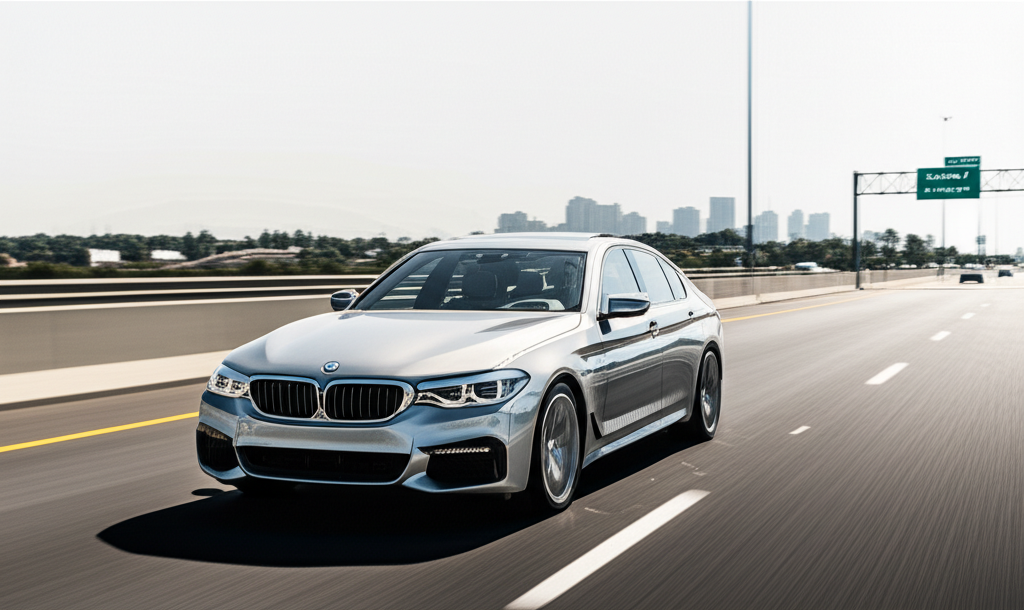
BMWs are renowned for their advanced safety features, including sophisticated braking systems, electronic stability control (ESC), airbags, and crumple zones. These technologies are designed to protect occupants and help drivers maintain control. However, the Purvanchal Expressway BMW accident highlights that these features have their limits. While they can mitigate the severity of an accident, they cannot entirely prevent one, especially when faced with extreme driver error or insurmountable forces.
For instance, while ESC can help prevent skids, it cannot overcome physics if a vehicle is traveling at a speed far beyond its designed capabilities or if the driver overcorrects. This incident underscores that driver skill, judgment, and adherence to safe driving practices remain the most critical safety elements. Technological aids are supplementary, not replacements, for responsible driving.
Fact 4: The Impact of Driver Distraction and Fatigue
Beyond speed, driver distraction and fatigue are pervasive issues that contribute to road accidents globally. The Purvanchal Expressway BMW accident could have been exacerbated by these factors. Distractions can range from using mobile phones, adjusting the navigation system, or even engaging in intense conversations. Fatigue, on the other hand, significantly impairs a driver’s cognitive abilities, reaction time, and decision-making, much like alcohol.
The long, monotonous stretches of an expressway can be particularly conducive to driver fatigue. A moment of inattention or drowsiness, combined with high speeds, can have devastating consequences. This fact serves as a critical reminder for all drivers to prioritize rest before journeys and to remain fully engaged with the task of driving, putting away distractions.
Fact 5: Legal and Regulatory Aspects of Expressway Driving
Expressways are governed by specific traffic laws and regulations designed to ensure the safety of all users. The Purvanchal Expressway BMW accident, like any similar incident, would have involved an investigation into potential violations of these laws. These might include exceeding the speed limit, reckless driving, or other traffic offenses.
Understanding and adhering to these regulations is not just about avoiding fines; it’s about contributing to a safer environment for everyone. In many countries, including the USA, stringent laws are in place for expressway driving, focusing on speed limits, lane discipline, and safe overtaking. Familiarizing yourself with the specific traffic laws of the region you are driving in is a fundamental aspect of responsible vehicle ownership and operation.
Here’s a comparison of typical expressway speed limits and considerations:
| Factor | Description | Impact on Safety |
|---|---|---|
| Speed Limit | Maximum legal speed (e.g., 100-130 km/h or 60-80 mph) | Crucial for maintaining control; exceeding it drastically increases risk. |
| Weather Conditions | Rain, fog, ice, snow | Reduces visibility and tire traction, necessitating lower speeds. |
| Vehicle Capability | Braking, acceleration, stability systems | Advanced systems assist, but cannot overcome physics at extreme speeds. |
| Driver Condition | Alertness, focus, sobriety | Impairment of any kind significantly elevates accident probability. |
| Road Condition | Surface quality, debris, lighting | Poor conditions demand reduced speed and increased caution. |
Fact 6: Lessons Learned and Future Prevention
Every accident, especially a high-profile one like the Purvanchal Expressway BMW accident, offers critical lessons for the future. Authorities and road safety experts analyze these events to identify systemic issues and implement preventive measures. These could include enhanced speed limit enforcement, public awareness campaigns about safe driving practices, improvements in road design, or even mandates for advanced driver-assistance systems.
For individual drivers, the lesson is clear: the power and allure of a luxury vehicle like a BMW should always be matched by responsible driving habits. Respecting speed limits, maintaining a safe distance, being aware of surroundings, and avoiding distractions are paramount. The Purvanchal Expressway BMW accident, while tragic, serves as a powerful case study, emphasizing that safety on our roads, regardless of the vehicle, is a shared responsibility.
Pro Tips for Expressway Driving Safety
Always maintain a safe following distance from the vehicle ahead. A good rule of thumb is the ‘three-second rule’ – pick a fixed object, and when the car ahead passes it, count three seconds before you pass it. This buffer allows you more time to react if the vehicle in front brakes suddenly.
Frequently Asked Questions About Expressway Accidents
What is the typical speed limit on the Purvanchal Expressway?
The Purvanchal Expressway generally has a speed limit, often around 100-120 km/h for cars, though specific signs should always be observed as these can vary. Exceeding these limits significantly increases risk, especially for high-powered vehicles.
Are luxury cars like BMWs more prone to accidents?
Luxury cars are not inherently more prone to accidents. In fact, they often come with advanced safety and handling features. However, their high performance capabilities can tempt some drivers to exceed safe speeds, making them involved in severe accidents if not driven responsibly.
How does weather affect driving on expressways?
Adverse weather conditions like rain, fog, or ice drastically reduce visibility and tire traction. On expressways, where speeds are high, these conditions become extremely hazardous, often requiring drivers to reduce their speed well below the posted limits to maintain control.
What is the most common cause of accidents on expressways?
The most common causes of accidents on expressways include excessive speed, driver distraction (e.g., mobile phone use), fatigue, following too closely, and improper lane changes. These factors are often interconnected and can lead to loss of control or inability to react to hazards.
What should I do if I see debris on an expressway?
If you see debris on an expressway, the safest approach is to slow down and maintain a safe distance from other vehicles. If possible and safe to do so, move to a different lane. Avoid sudden braking or swerving, as this can lead to a loss of control or cause an accident with other vehicles.
How important is regular vehicle maintenance for expressway driving?
Regular vehicle maintenance is extremely important for expressway driving. Ensuring tires are in good condition, brakes are functioning optimally, and all fluid levels are correct significantly contributes to vehicle safety and reliability, especially at high speeds.
Conclusion
The Purvanchal Expressway BMW accident serves as a somber yet critical reminder of the responsibilities that come with high-speed driving. While engineering marvels like the Purvanchal Expressway offer convenience and speed, they demand respect and caution. The six shocking facts explored—from the undeniable role of excessive speed and infrastructure to the crucial impact of driver behavior and vehicle capabilities—all point towards a singular, vital message: safety is paramount. As drivers, embracing a mindset of vigilance, adherence to laws, and constant awareness is the most effective way to navigate our roads, ensuring that the thrill of the drive never overshadows the value of life and well-being.

